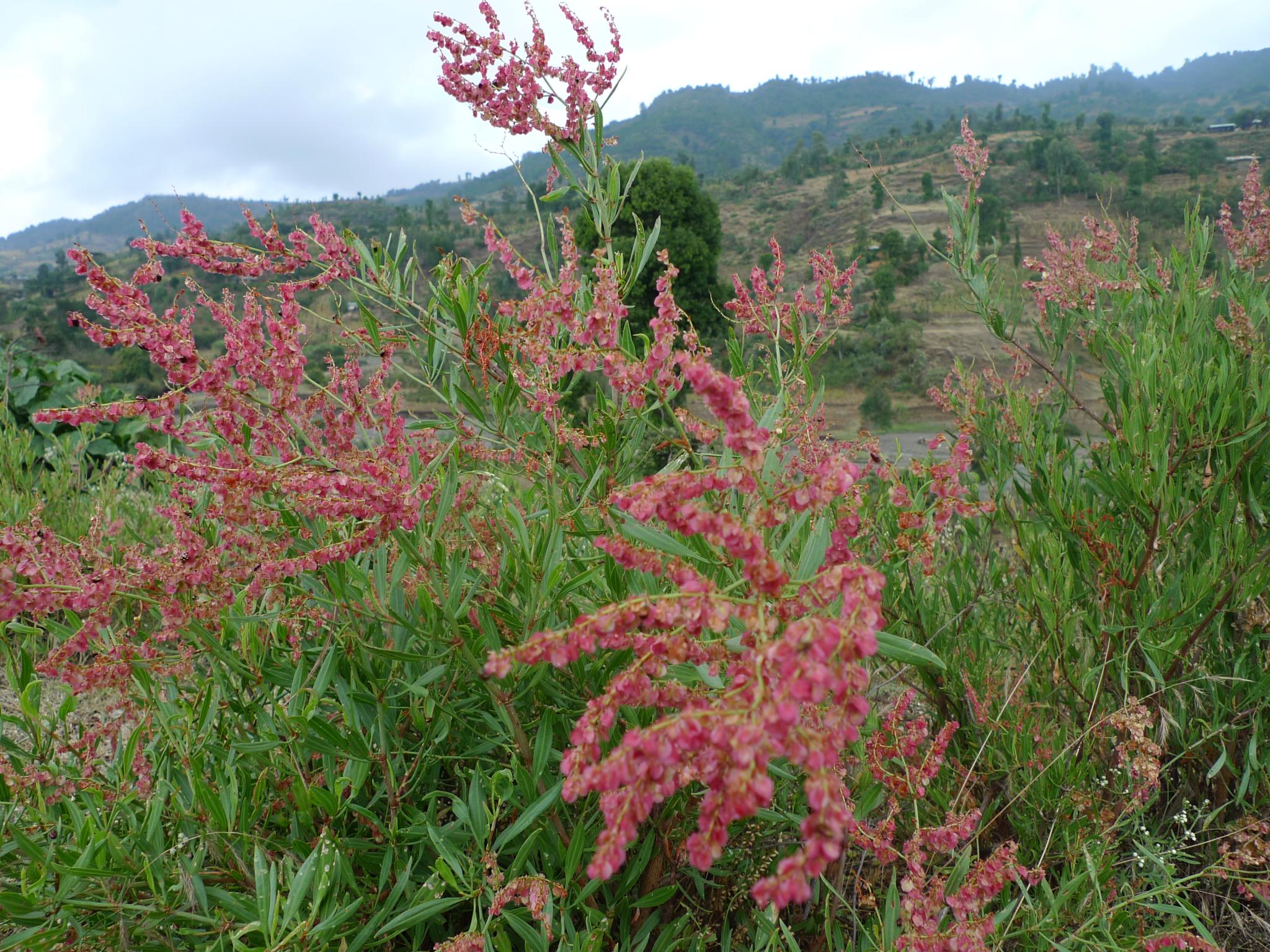|
Rumex Hastatulus
''Rumex hastatulus'', commonly known as the heartwing sorrel, is an annual flowering plant species in the family Polygonaceae otherwise known as the buckwheat family. It is found spread out throughout the eastern and southern United States. Description ''Rumex hastatulus'' is an erect herb-like with simple, oblong, alternate leaves ranging from long and . The flowers are bright red and carried in a branched cluster and are from long and wide. The fruit is a brownish orange color. When eaten the leaves flowers and seeds have been described to have a sour taste and are edible in small doses. ''Rumex hastatulus'' is dioecious Dioecy ( ; ; adj. dioecious, ) is a characteristic of certain species that have distinct unisexual individuals, each producing either male or female gametes, either directly (in animals) or indirectly (in seed plants). Dioecious reproduction is ..., with separate male and female plants. Distribution The plant is found in the eastern and southeaster ... [...More Info...] [...Related Items...] OR: [Wikipedia] [Google] [Baidu] |
Flowering Plant
Flowering plants are plants that bear flowers and fruits, and form the clade Angiospermae (). The term angiosperm is derived from the Ancient Greek, Greek words (; 'container, vessel') and (; 'seed'), meaning that the seeds are enclosed within a fruit. The group was formerly called Magnoliophyta. Angiosperms are by far the most diverse group of Embryophyte, land plants with 64 Order (biology), orders, 416 Family (biology), families, approximately 13,000 known Genus, genera and 300,000 known species. They include all forbs (flowering plants without a woody Plant stem, stem), grasses and grass-like plants, a vast majority of broad-leaved trees, shrubs and vines, and most aquatic plants. Angiosperms are distinguished from the other major seed plant clade, the gymnosperms, by having flowers, xylem consisting of vessel elements instead of tracheids, endosperm within their seeds, and fruits that completely envelop the seeds. The ancestors of flowering plants diverged from the commo ... [...More Info...] [...Related Items...] OR: [Wikipedia] [Google] [Baidu] |
Polygonaceae
The Polygonaceae are a Family (biology), family of flowering plants known Common name, informally as the knotweed family or smartweed—buckwheat family in the United States. The Botanical name, name is Basionym, based on the genus ''Polygonum'', and was first used by Antoine Laurent de Jussieu in 1789 in his book, ''Genera Plantarum''.Antoine Laurent de Jussieu. 1789. ''Genera plantarum: secundum ordines naturales disposita, juxta methodum in Horto regio parisiensi exaratam''. page 82. Herrisant and Barrois: Paris, France. (see ''External links'' below) The name may refer to the many swollen Node (botany), nodes the stems of some species have, being Etymology, derived from Greek language, Greek ( meaning and meaning or ). Alternatively, it may have a different origin, meaning 'many seeds'. The Polygonaceae comprise about 1200 speciesDavid J. Mabberley. 2008. ''Mabberley's Plant-Book'' third edition (2008). Cambridge University Press: UK. distributed into about 48 genera. The l ... [...More Info...] [...Related Items...] OR: [Wikipedia] [Google] [Baidu] |
Dioecious
Dioecy ( ; ; adj. dioecious, ) is a characteristic of certain species that have distinct unisexual individuals, each producing either male or female gametes, either directly (in animals) or indirectly (in seed plants). Dioecious reproduction is biparental reproduction. Dioecy has costs, since only the female part of the population directly produces offspring. It is one method for excluding self-fertilization and promoting allogamy (outcrossing), and thus tends to reduce the expression of recessive deleterious mutations present in a population. Plants have several other methods of preventing self-fertilization including, for example, dichogamy, herkogamy, and self-incompatibility. In zoology In zoology, dioecy means that an animal is either male or female, in which case the synonym gonochory is more often used. Most animal species are gonochoric, almost all vertebrate species are gonochoric, and all bird and mammal species are gonochoric. Dioecy may also describe colonies ... [...More Info...] [...Related Items...] OR: [Wikipedia] [Google] [Baidu] |
Rumex
The docks and sorrels, genus ''Rumex'', are a genus of about 200 species of annual, biennial, and perennial herbs in the buckwheat family, Polygonaceae. Members of this genus are very common perennial herbs with a native almost worldwide distribution, and introduced species growing in the few places where the genus is not native. Some are nuisance weeds (and are sometimes called dockweed or dock weed), but some are grown for their edible leaves. ''Rumex'' species are used as food plants by the larvae of a number of Lepidoptera species, and are the only host plants of '' Lycaena dispar'' and '' Lycaena rubidus.'' Description They are erect plants, usually with long taproots. The fleshy to leathery leaves form a basal rosette at the root. The basal leaves may be different from those near the inflorescence. They may or may not have stipules. Minor leaf veins occur. The leaf blade margins are entire or crenate. The usually inconspicuous flowers are carried above the leaves in clus ... [...More Info...] [...Related Items...] OR: [Wikipedia] [Google] [Baidu] |


